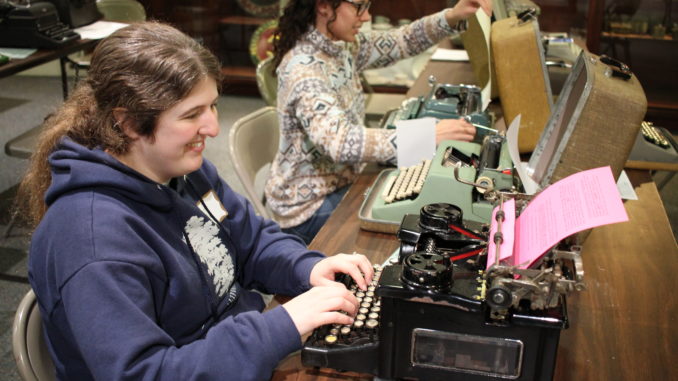
Those of us who learned to type on a computer keyboard may never think twice about some of the words we see written on the keys. We hold down the “shift” key to type an upper-case letter*, certain punctuation marks, or one of the symbols sharing space with a number key. We press ‘backspace’ to delete the last thing we typed, and we hit the ‘return’ key (or ‘enter’ key on a PC) with its helpful little arrow to generate the next line in a document.
All three of these terms originated with the typewriter! ‘Shift’ would literally shift the typewriter mechanism to cause a different part of the typebar to come into contact with the ribbon, reducing the number of keys and space needed for the typewriter. ‘Backspace’ was used to literally back up a space to allow for corrections or combination characters (like the exclamation point, which would be typed apostrophe-backspace-period). ‘Return’ referred to a lever on the side of the typewriter, the carriage return, that aligned the type element back to the first column of text and would usually feed the paper to move to the next line (hence the arrow).
On Saturday, February 2, the Southeastern Railway Museum will host a typewriter meet-up with the Antique Typewriter Collectors for the second year. Collectors will bring dozens of antique manual typewriters – many of which the public are invited to test out for themselves! There will be an exhibit section for display of vintage, unique, rare, and interesting machines. The general public is invited to share in the enthusiasm of the collectors from 10 a.m. to 5 p.m. at the Southeastern Railway Museum in Duluth. All typing is included with admission!
Visitors and collectors are also invited to buy, sell, and trade typewriters. For those who own typewriters and aren’t sure how to maintain, fix, or sell them, the collectors at the museum will happily provide advice! Bring your typewriter with you!

Typewriters became a commercial success in the 1880s. The QWERTY keyboard layout was standardized around that time and soon different styles of typewriters were marketed to the public. Small, more compact typewriters were advertised to journalists and travelers, whereas typewriters with wide carriages were sought by commercial and government offices, such as steamship companies, insurance companies, banks, and railroads. Wider carriages allowed for intricate tabulated work in financial reports and statistical tables (Early Office Museum: Antique Office Typewriters). Typewriter manufacturers like Oliver would often use the fact that their typewriter was used in railroad offices as a selling point to demonstrate its durability.
By the early 1900s, railroads had begun to redesign their waybills and forms to keep up with changing technology. Previously, pen and ink forms were the standard, but with a uniform form design, railroads could save time and money (Railway Age, 1902). Typewriters transformed life at the office. In 1902, a terrible fire began in a small New Jersey town, and after realizing their office was about to be consumed by the flames, two lawyers ran into the office to grab just a few important documents and to rescue their two typewriters. The fire raged through multiple buildings and the lawyers had to relocate their typewriters several times. Finally, they moved them to an empty lot far away from the flames and retrieved them the next morning after the fire finally died out. “There is not a person in the railroad office […] who will not sympathize with the solicitude of these two lawyers regarding their machines,” remarked The Railway Age. “They could part with everything else if they had to, but to get along in this twentieth century without typewriters was a proposition they could not face.”
Railroads would carry typewriters along on passenger trains to keep up with changing dining car menus and on freight trains to track shipments. In 1928, Southern Pacific had 3,026 typewriters in service on the Pacific Lines, and “large numbers of typewriters [were] constantly being moved from point to point, following the variations of peak and seasonal business” (Railway Age, 1928).
Typewriter manufacturers were eager to advertise their machines to the railroads and seized opportunities to display and exhibit their machines at various conventions across the country (Railway Age, 1902). In St. Louis in 1902, the Association of American Railway Accounting Officers were treated to the “most interesting products which show remarkable development in the adaptation of typewriting machines of various makes to the modern needs of accounting and office work.”
By 1919, typewriters were so commonplace that some railroad office workers were expected to furnish their own in offices where typewriters were required. Employees felt this was an injustice and a hardship imposed on them by the railroad and formed a committee that brought the issue to the United States Railway Administration. They argued that telegraph companies are required to furnish their workers with typewriters and that they should not personally be subject to the expense. The Railway Board of Adjustment agreed with the railroad office workers and mandated that typewriters shall be furnished by the railroad if the railroad requires its employees to use typewriters in the performance of their duties (Railroad Telegrapher, 1919).
To save money, many railroads began performing typewriter maintenance themselves instead of sending the machines back to the manufacturers or dealers. Employees were given instructions on how to clean the machines daily, and special tools were ordered to perform repairs and maintenance in house. Most railroads figured they were saving 20% to 35% over the cost of having this work done by the typewriter companies (Railway Review, 1922).
Don’t miss this one-of-a-kind event at the Southeastern Railway Museum. Type your own waybills, telegrams, sleeping car reservations, Valentine’s Day letters, and more.
*Even older than ‘shift’ (late 1800s) is the origin of ‘upper case’ and ‘lower case’: first noted in the 1580s, the terms referred to the compartments (cases) in which a typesetter would keep their ‘types’ (letters). The upper case, positioned higher on the table, contained capital letters and the lower case underneath contained small letters.
Sources:
The Railway Age: Volume 33
1902
Google Books
Pearson Magazine: Volume 34, Issue 5
1915
Google Books
The Railway Telegrapher: Volume 36
1919
Google Books
The Railway Review: Volume 71
1922
Google Books
The Railway Age: Volume 85
January 1, 1928
Publisher: Simmons-Boardman
Google Books
The Early Office Museum
2016
https://www.officemuseum.com/

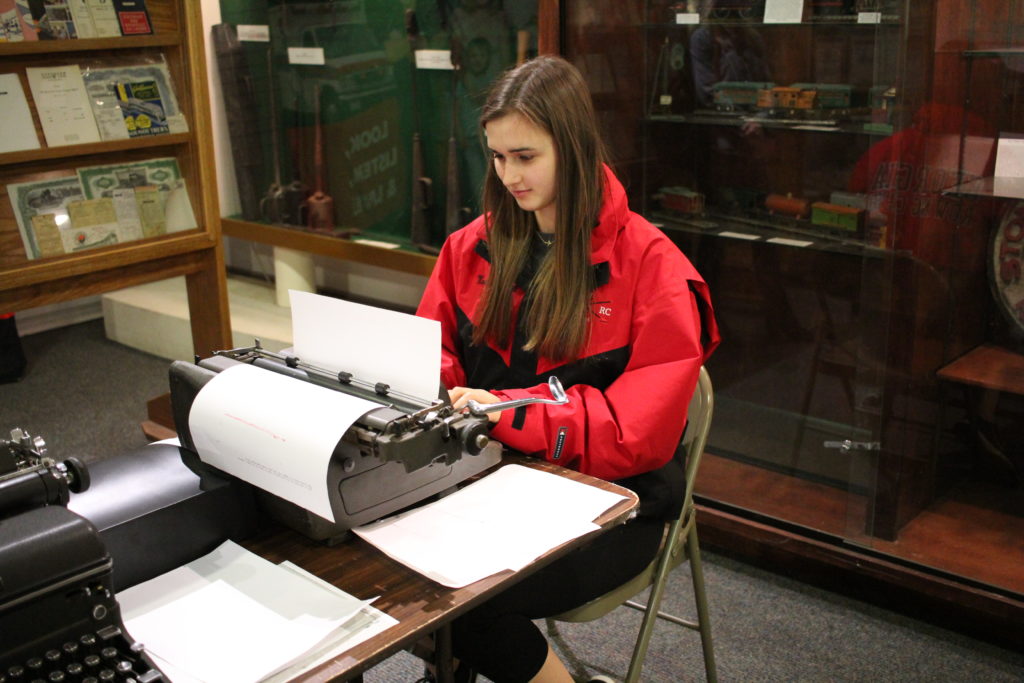
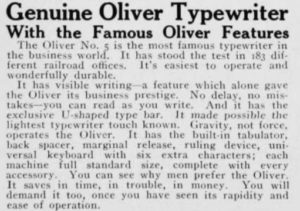
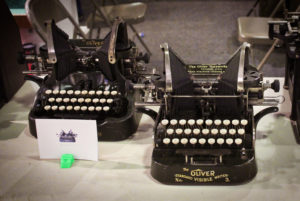
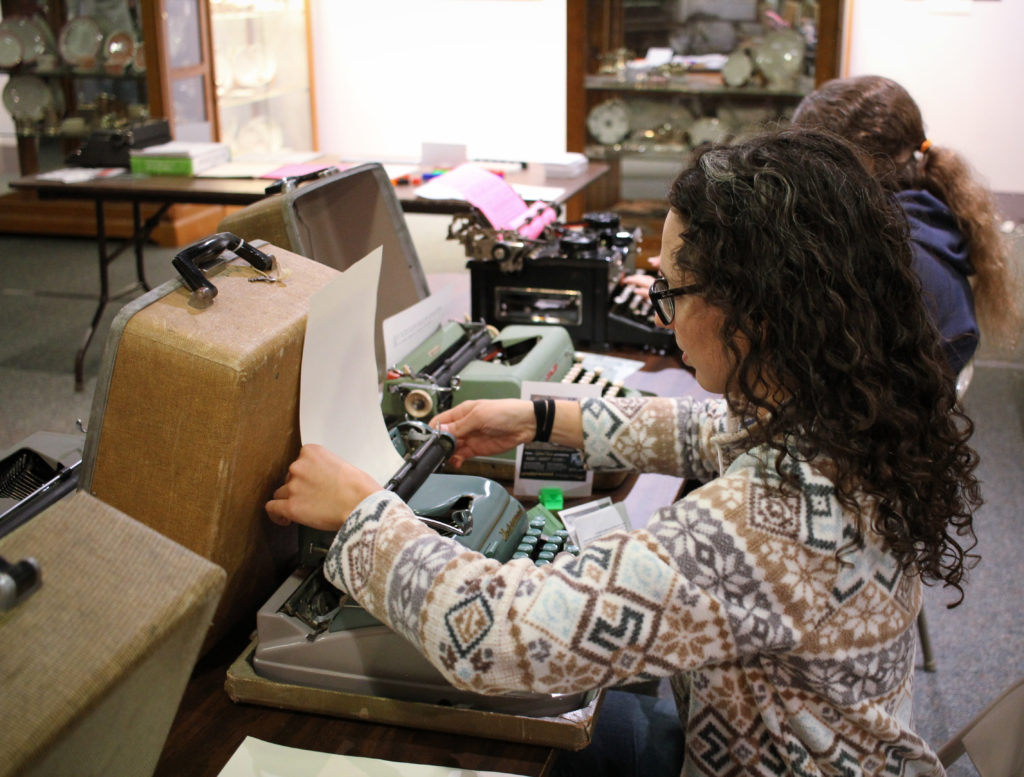
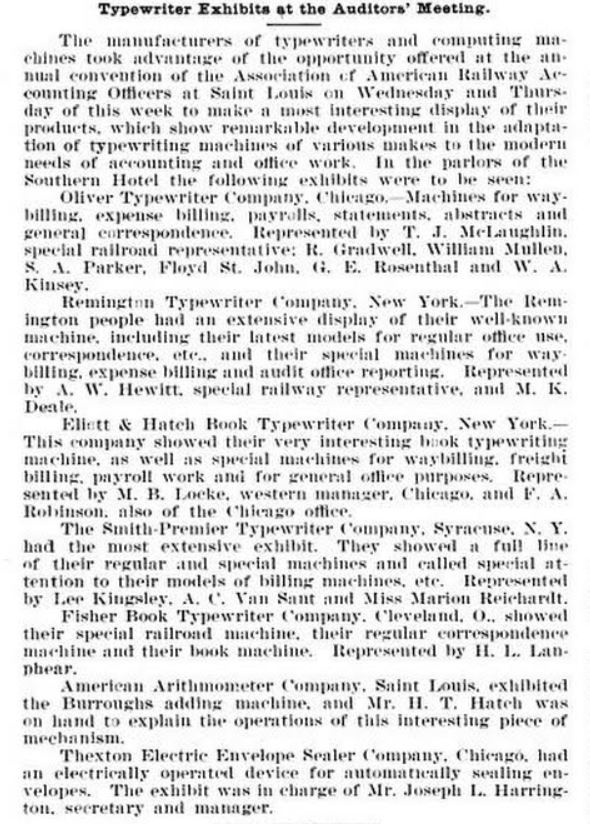
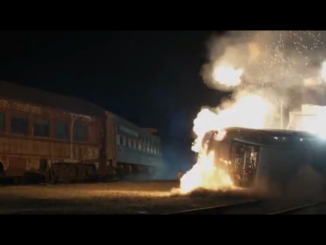
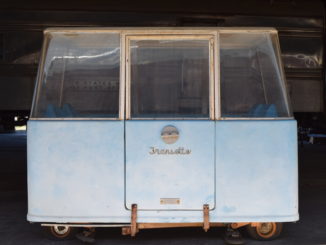
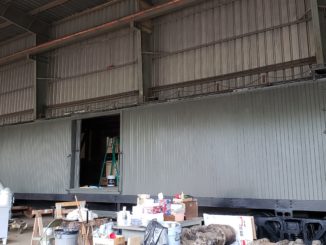
Be the first to comment